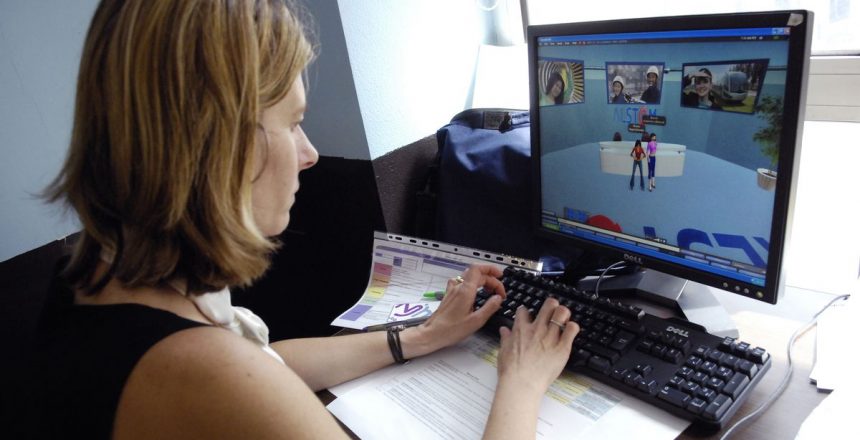
Throughout months of metaverse hype, with all the new names and virtual real estate speculation, I can’t count how many times I’ve thought, “Didn’t Second Life already do that?” Apparently, the people behind Second Life agree and are trying to pull our attention back to their virtual world that (rather helpfully) exists somewhere you can visit on your existing computer.
A strengthened “commitment to growing an innovative, inclusive, and diverse metaverse” includes Second Life founder Philip Rosedale rejoining the project as a strategic adviser. After launching Second Life, he’s been involved in a number of other efforts, popping up with a virtual marketplace for people to sell their skills and a neuroscience collaboration,
However, his VR project High Fidelity, a telepresence-focused experiment that took a step back from developing its tech for head-mounted displays, will invest in Second Life owner Linden Research with cash and “distributed computing patents.” Speaking to CNET, Rosedale said High Fidelity is shifting seven people to work on Second Life. The deal also includes patents, like two covering community moderation in decentralized environments. As we’ve seen with companies like TiVo and Nokia, an early presence in a space could include ownership over technology that becomes much more valuable later on.
Linden Research launched Sansar, a VR successor to Second Life, a few years ago but sold the project in 2020 to focus on its main title.
An executive with Linden said to the Wall Street Journal that upgrades for Second Life would focus on tweaking the social and economic aspects of the game to try and drive user growth. However, they also noted that Second Life already allows withdrawing money from in-game sales to their real-world accounts and thinks it can win over younger users with better avatars and a lack of the kind of ad tracking platform we associate with Meta / Facebook.
Second Life launched in 2003, and Rosedale admitted to its technological limitations, like its inability to have more than 100 or so people in one space, but tells CNET that its current state could serve as an advantage over what VR-first “metaverse” projects are trying to build. Besides skepticism of NFTs and pie-in-the-sky ideas about interoperable platforms, he suggests that making Second Life usable via phone or using your webcam to animate your avatar’s facial animation would help it grow more than anything that requires users to wear a virtual reality headset.





